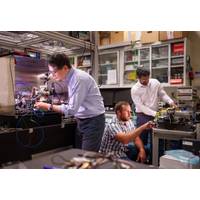
Quantum Sensor to Boost GPS-Free Navigation
47.8 decibels — a measure often used to describe sound intensity but also applicable to light intensity — resulting in a nearly 100,000-fold drop.Besides size, cost has been a major obstacle to deploying quantum navigation devices. Every atom interferometer needs a laser system, and laser systems need modulators. Just one full-size single-sideband modulator, a commercially available one, is more than $10,000.Miniaturizing bulky, expensive components into silicon photonic chips helps drive down these costs.The researchers can make hundreds of modulators on a single 8-inch wafer and even
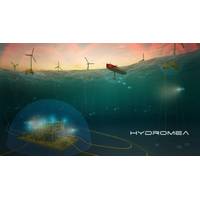
Hydromea at the helm on Subsea Wireless Optical Comms
, of which Hydromea has been a member since 2019.Hydromea, emerging player in the field of wireless optical communication systems, can send data through water at speeds of up to 10Mbps using dispersed LED light, a technology the company says assures wide-angle communication coverage as opposed to laser systems. Hydromea’s technology enables wireless, high-speed, low-latency communication between two or more communication nodes at depths down to 6,000 meters.“We are very proud that our work on underwater wireless technology earned us a prominent place within the Subsea Wireless Group and

#Oi2020 History
used to provide detailed images of the ocean floor and will be used to map the debris field. These systems are part of an equipment suite the U.S. Navy's Coastal Systems Station, Panama City, Fla., has developed to hunt underwater mines. "This is the latest technology in electro-optics laser systems,” according to Program Project Officer Cmdr. Spence Whitten, Office of Naval Research in Washington D.C. “In fact, the system is still in the research and development phase. The system should provide searchers with the best resolution available today in locating underwater objects
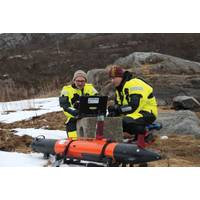
The “Disruption” in AUV Trends
change from cable hooks and navigational aids to spectral cameras and satellite- or drone launch equipment. For OEMs in general, however, changing payloads — or combinations of multibeam echosounders, side-scan sonars, sub-bottom profilers, synthetic aperture sonars, high-definition cameras, laser systems, and chemical sensors — imply uncertainty in production. Some companies, like France’s ECE, appear to have an AUV for every mission: an imaging A18-E; the maneuverable, twin-hull A18-TD for “homeland” surveillance; a man-portable A9-s and about a dozen others. Like its
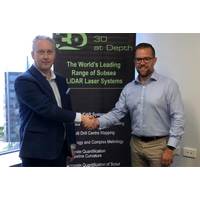
3D at Depth Partners with STR
company 3D at Depth Inc.announced Tuesday it has partnership with Subsea Technology & Rentals Australia PTY Ltd (STR).According to 3D at Depth, the partnership has been formed to support its expanding customer base within the Asia Pacific region, and bundle 3D at Depth’s Subsea (SL) LiDAR laser systems with STR’s subsea technology. The new bundled offering provides a turnkey solution to help customers improve the efficiencies and reliability of their offshore operations. 3D at Depth said it will continue to maintain operational and technical resources within the region.Neil Manning, 3D
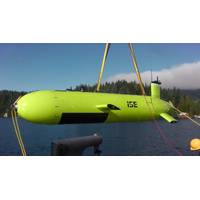
ISE Sells 6000m-rated AUV to China
for operations at 6,000 m depth.The modular design of the ISE Explorer enables it to carry multiple payloads in its spacious, swappable, and customizable payload section including Multibeam Echosounders, Sidescan Sonars, Sub-bottom Profilers, Synthetic Aperture Sonars, High Definition Cameras and Laser Systems, CTDs and chemical sensors, or any combination of AUV payloads. Additional battery sections can be added to extend the endurance from 24 hours up to 72 hours.The ISE Explorer AUV has a proven track record of offshore operational success with customers from Asia, Europe, Australia, the U.S. and
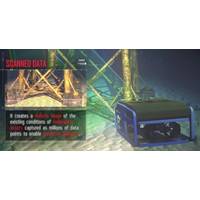
Kraken Wins Offshore Wind Energy Competition
out-of-spec conditions that exceed threshold values. The ability to generate accurate 3D reconstruction of underwater infrastructure is an important requirement for commercial, military and ocean research applications. While sonar is the technology of choice for covering large areas, 3D laser systems such as Kraken's SeaVision provide significantly higher resolution and accuracy at inspection ranges of under 10 meters. SeaVision uses a full color laser scanning process that's repeated thousands of times per second to generate coordinate values of millions of points on a reflected
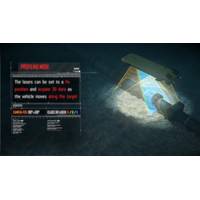
New Full Color 3D Underwater Laser Imaging System
used in terrestrial and aerospace applications. However, the ability to generate accurate 3D reconstruction of underwater infrastructure is an important requirement for commercial, military and ocean research applications. While sonar is the technology of choice for covering large areas, 3D laser systems such as Kraken's SeaVision provide significantly higher resolution and accuracy at inspection ranges of under 10 meters. SeaVision uses a full color laser scanning process that's repeated thousands of times per second to generate coordinate values of millions of points on a reflected
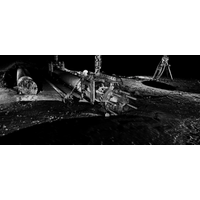
Seatronics Renews Partnership with 2G Robotics
on subsea vehicle integrations, high sample rates, timing synchronization, and continuous data acquisition for faster, more efficient inspections. With underwater laser scanning becoming a leading inspection solution for integrity management, Seatronics offers 2G Robotics’ laser systems for rental and sale through its global bases. The renewal of the partnership between 2G Robotics and Seatronics will continue to benefit customers by enabling worldwide access to 2G Robotics’ inspection technology and to Seatronics’ industry expertise and global technical support


 February 2025
February 2025





